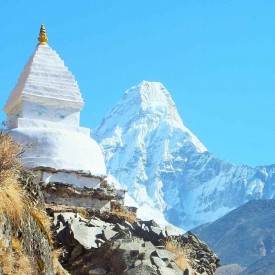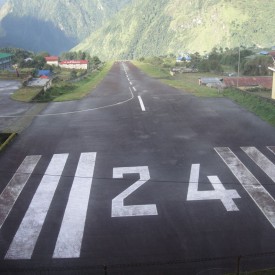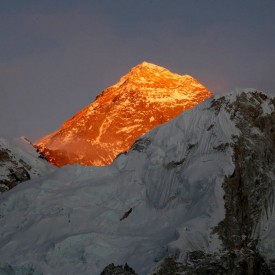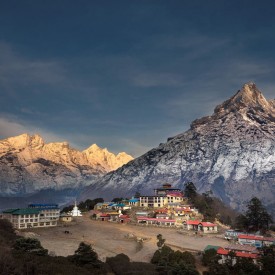Necessary Trekking Equipment
To fully enjoy your trek, having the right trekking equipment is essential for both safety and comfort. The trekking equipment necessary depends on the type of trek, the time of year, weather conditions, The landscape, and the maximum altitude of the trek. A properly packed trekking backpack is light and also includes multipurpose clothing items. It is important for you not to forget the essential equipment for you're safety and comfort on your trek.
Please make sure that you bring sufficiently warm clothes, especially during the winter season (Dec – Feb). Not having the required trekking equipment and clothing will not only significantly decrease the pleasure of trekking, but could also worsen case scenarios that could be life-threatening. It will also be a burden to you if you pack unnecessary equipment. For your ease, the following is the equipment that you have to bring with you.
Footwear
- Trekking Boot: one Pair
- Socks: 4, Light socks : 3, Sandle: 1
Clothing
- Down or Fiber-filled water and windproof jacket and trouser: 1
- Fleece Jacket / Pullover: 1
- Warm cotton trousers: 2
- Shirt and T-shirts: 4
- Lightweight cotton long trousers :3
- Long underwear: 2, Short underwear: 4
- Sun hat / Scarft/ Woolen hat :1
- Lightweight gloves: 1, Raincoat:1
- Heavyweight glove or mitten with a waterproof: 1
Medicinal
- Basic first-aid box
- Diamox tablets to reduce altitude sickness
- Insect/anti-itch Ointment
- Non-prescription medicine such as pain relievers, fever reducers, antibiotics, and ointments
- Prescription medicine for traveler's diarrhea, Avmoine
- Female Sanitary pads
- Hand Sanitizer and wet wipes
- Medicine for Cough and Heartburn (It mainly happens when you go to higher altitudes)
- Band-aid
- Ibuprofen and also paracetamol in case of fever
Other Equipment
- Day Pack at Least 25 kg
- Water Bottle 1
- Sun Cream 1
- Sun Glass 1
- Towel
- Flashlight with spare bulbs, batteries, lip salve, and gaiters.
- Laundry soap
- Swiss Knife
- Sewing Kit, Camera, Film, Cards, and Personal Medical Kit.
Optional
- Notebook and Pen
- Toilet articles
- Toilet Roll
For additional information, you can check our article Trekking Gears Checklist.
Accommodation in the Everest Base Camp
To go trekking means you are visiting a remote area so please do not expect every trekking route you will get luxurious rooms same as in Kathmandu and Pokhara. During trekking, you will sleep at the Tea House. The Tea house means normal Local Lodges. where you will get a normal Bed, Blanket, and Common Bathroom. Nowadays the teahouse is gaining more popularity all over Nepal.
Staying in a tea house will give you a chance to explore the locals of Nepal. there will be a twin-sharing room in the tea house. At the lower elevation, there will be Western-style toilets but as you ascend to the higher altitude you will find squat toilets. You should be aware that most tea houses don’t provide toilet paper. You will get a free cold shower but a hot shower needs to pay extra.
An environment in the Everest region
The Ginat Mountains of the Khumbu are so massive that they contribute to creating their own local climate. Actually, the climate in the Khumbu region is always unpredictable. The trekkers who embark in the Khumbu region pass through the hills, mixed deciduous forest, and scattered rice terraces give way to pine forest, tan rhododendrons, and tan scrub junipers, before finally, the only vegetation is low alpine shrubs and grasses which offer a spectacular experience during the trek. As you proceed with you're walking, you can scan the skies and the undergrowth for golden eagles and the spectacular Himalayan Monal( Damphe or imply a pheasant ) with its regal, shimmering green-blue, and purple plumage.
In the jungle area of Namche Bazaar village, Thame village, Phortse village, and Tengboche village keep your eye's attention to view Himalayan tahr and musk deer often which are often spotted beside trails early in the morning. You may also hear the strange, hoarse call of the muntjak or barking deer. Khumbu region is also the abode of leopards and snow leopards but we rarely see them. The environment is spectacular during Autumn and Spring. The landscapes and mountain summits are fabulous.
When to trek:
People say that it is possible to trek in the Khumbu year-round, but the Lukla flights are frequently canceled or postponed in winter and during the monsoon coz of the poor visibility at the Lukla airport and sometimes in the entire Khumbu region. The best weather to trek to the Everest region is in autumn when the skies are clear and temperatures at higher altitudes are favorable.
However, the competition for seats on planes and bed space in lodges can be intense. Spring is a calmer time to visit though clouds and rain become more frequent in the build-up to the monsoon. The most sincere difficulty of the trek in winter is the cold. January and February is the most difficult month to trek. This month there will be snowfall on the trekking trail so it is not possible to continue the trek after 3800m.
Here is a short description of the best season for the Everest Base Camp Trek.
Spring Season (March, April, May)
The spring season in Nepal starts from March to May. This season is the best season to explore many magnificent mountains in Nepal. Many people wanted to know which time will be the best to explore the Everest Base Camp trek and the answer is Spring Season.
The month from March to May is dry and the temperature also reaches its high. The weather remains clear throughout the season and you can enjoy the spectacular view of the mountain. This season is not only best for the Everest Base Camp trek but is also best for Everest Panorama Trek, Gokyo lake trek, Annapurna Base Camp Trek, and Manaslu Circuit Trek.
Autumn Season (September, October, November)
During the first week of September again the dryer days will start after the monsoon in Nepal. By the month of October to the end of November, the weather again will be warmer and pleasant and the views will be clear and stunning. It feels pleasant trekking in such a season coz you can explore the amazing beauty of Mount. Everest.
Summer Season (June, July, August)
The summer season is normally from the start of June to the end of August. This season is the time of the rainy season in Nepal. The trekking trails are mostly wet and slippery. there is the possibility of going on the trek during This season but it will be very challenging coz the weather will be foggy. But trekking in the rainy season is a unique experience.
Winter Season (December, January, February)
Winter starts from December to February. These months are the coldest of all the months. The higher-altitude trekking trails are covered with heavy snow. The winter season is a less appropriate time to trek the mountains. This season brings extreme cold with heavy snowfalls which makes trekking more challenging.
Altitude sickness
The more you ascend to the higher altitudes, the more oxygen will be less. Normally, no traveler will be suffered from altitude sickness below 4ooo m. high. But This is not the case always. Those who lack good stamina, and physical fitness, and those who drink a lot and smoke will likely suffer altitude sickness.
If you get altitude sickness, you will have mild and common symptoms including headaches (also a symptom of dehydration), low appetite, and restless sleep.
Likewise, moderate symptoms include vomiting, fatigue, and diarrhea. Many people also compare altitude sickness to the sensation of having a hangover. But, blue lips and fingernails, severe difficulty breathing, poor coordination, fatigue, and drowsiness are severe symptoms. In order to avoid altitude sickness, we recommend you walk down to the lower altitude, hydrate sufficiently, and maintain nutrition. In case you have these above-mentioned symptoms, inform our guide since he will be far more experienced than you.
The temperature during the four Seasons around the Everest Base camp region
Spring is one of the best seasons for EBC among the four seasons. The temperature is quite warm. The daytime temperature will be from 14°C to 15°C and the nighttime temperature will be -1°C. This season is best for all the trekkers coz the skies will remain clean, and bright and the weather will also be warm and pleasant.
The monsoon reaches its highest level of temperature. During the daytime, the temperature reaches up to 17°C, and at night 5°C. there will be high rainfall in the area of Mount Everest. Even though the temperature is high due to high rainfall the area will be muddy and it will be difficult to do the trek.
Autumn is the second-best time to trek in EBC. After all the rainfall, the skies will be clear once more and the weather will be warm and pleasant again. The temperature in the daytime will be 15°C whereas the nighttime temperature will be -7°C. After all the massive clouds are gone, once again there will be a clear vision of the mountain.
Winter is the coldest time to trek in EBC. The daytime temperature will be from 3°C to -20°C at nighttime. It will be dry in the daytime but freezing in the nighttime. During this season, there will be less crowd. Even though cold and freezing, the view of the mountains is clear. there will be heavy snowfall in higher elevations.
How will I get rescued if I am critically ill during the trek?
Everest Base Camp Trek is a trek where the elevation starts from 1350m to 5545m. Altitude sickness mainly occurs after you head above 2500m. You will not get altitude sickness symptoms below 2500m. Some of the altitude sickness symptoms are Nausea, Headache, loss of appetite, difficulty breathing, and dizziness. Acclimatization is the main thing that helps to prevent altitude sickness. But you can still prevent altitude sickness by drinking more water, avoiding strenuous exercise for 24 hours, and having a rest day every 600m-900m you go up.
However, one out of 10 people may catch altitude sickness even with all the preventions. We can take DIAMOX if we suffer from altitude sickness. But if the condition does not get well even after taking the Diamox, the guide will immediately inform the travel company. If you will be ill at any point of the trek you will be slowly taken to the lower elevation. If you are ill in the base camp tan, You will first be treated at the base camp, tan you will be taken to the lower altitude and seek basic medical where our guide will help you, and tan if it’s necessary or emergency you will be immediately sent to Kathmandu by emergency helicopter service. This is how you will get rescued if you will be critically ill during the trek.
The Importance of Insurance in Everest Base Camp Trek
Travel insurance plays an essential role. The right travel insurance will protect you from the unique risks while traveling to Nepal or Climbing Everest Base Camp. Find the best policies that cover all the necessary events associated with Everest Base Camp or other trekking areas. there will not be a relaxed trip without travel insurance. It is very necessary to be careful while choosing policies coz some insurance companies do not include adventure trekking.
Mostly many of the travel insurance covers only up to the elevation of 3000m but the Everest Base Camp trek will go beyond 3000m standing at the highest point which will be above 5500m. We suggest you choose Your travel insurance that covers up to 6000m which you will be covered for the entire trek and shouldn't be worried about evacuations or medical assistance costs. Before buying your insurance, your insurer should be aware of the Itinerary of Magic Expedition and Tours. If you are planning for trekking in the Himalayas, Your insurance should cover emergency air service Helicopters and should include all the medical expenses.
The emergency helicopter service would be very costly so If you have your insurance done you wouldn’t be worried. Your travel insurance should cover the cancelation policy coz if you have to cancel a paid trek due to weather conditions, They can cover is expenses. You should double-check that it is included on the top of the standard hospitalization cover. Some of the Travel insurances that are recommended are:-
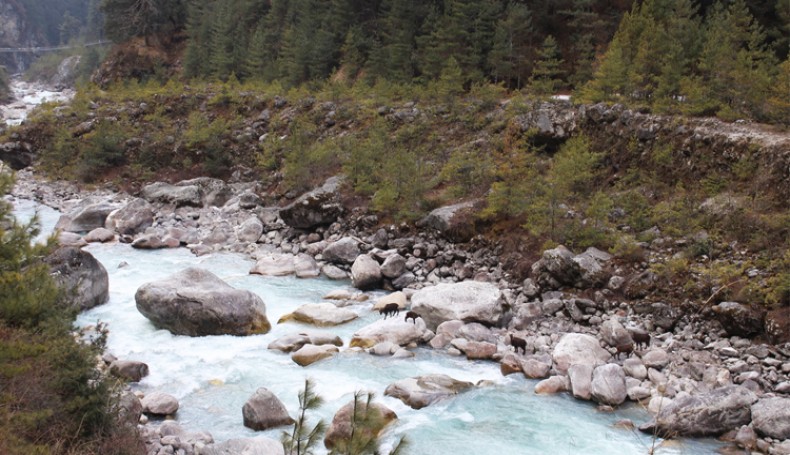
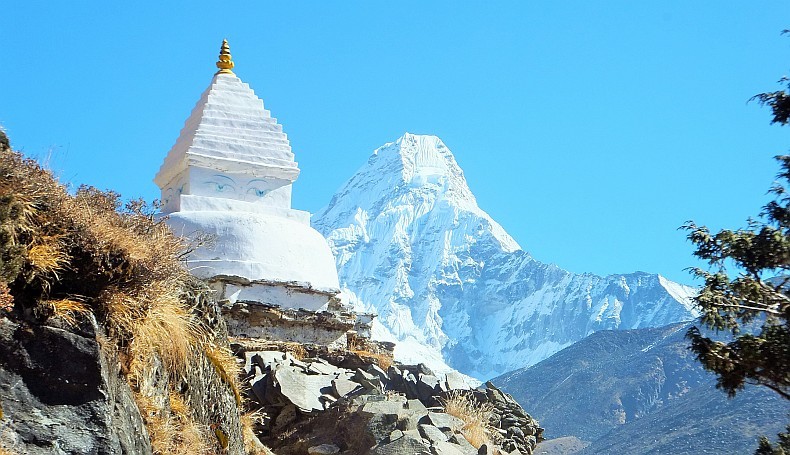

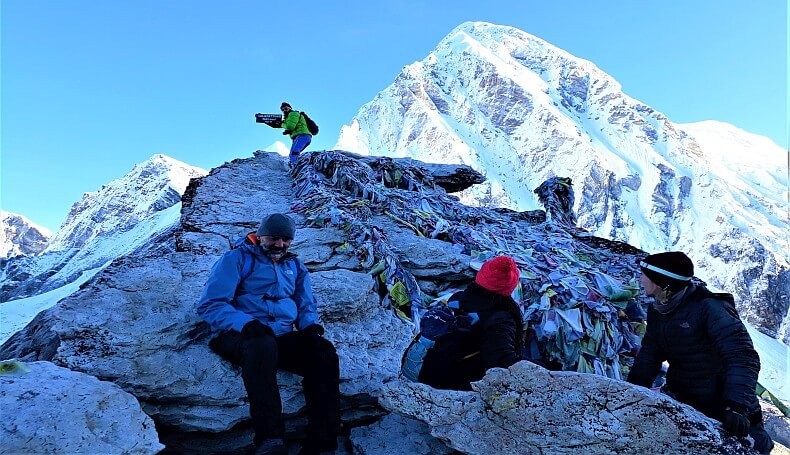
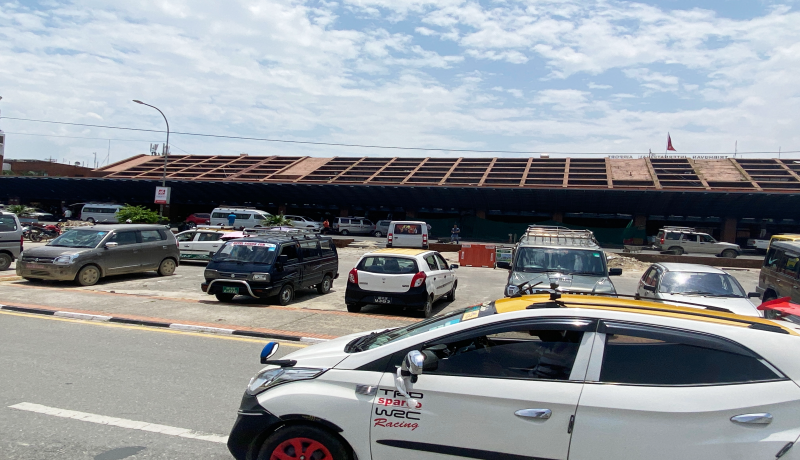
-(1).png)
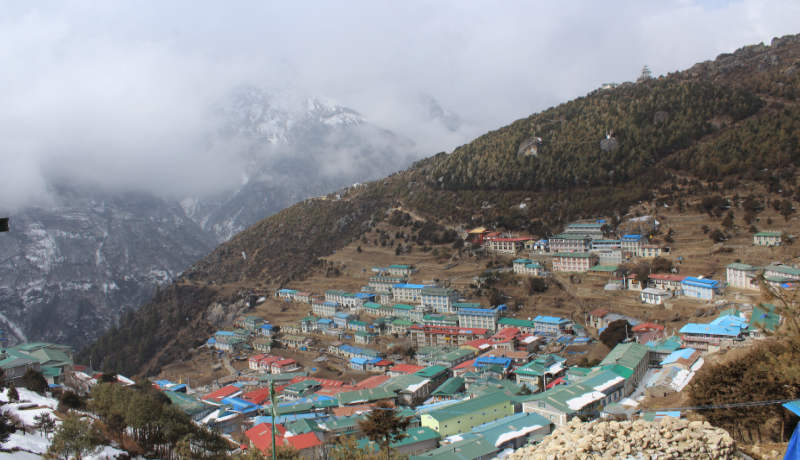
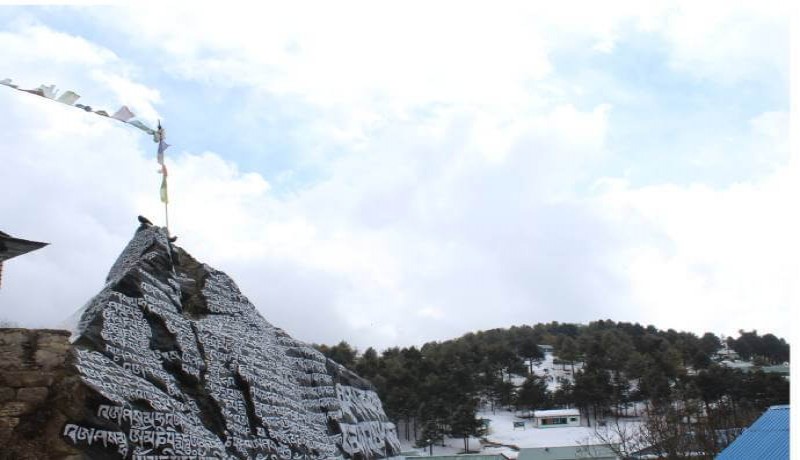
.png)
.png)
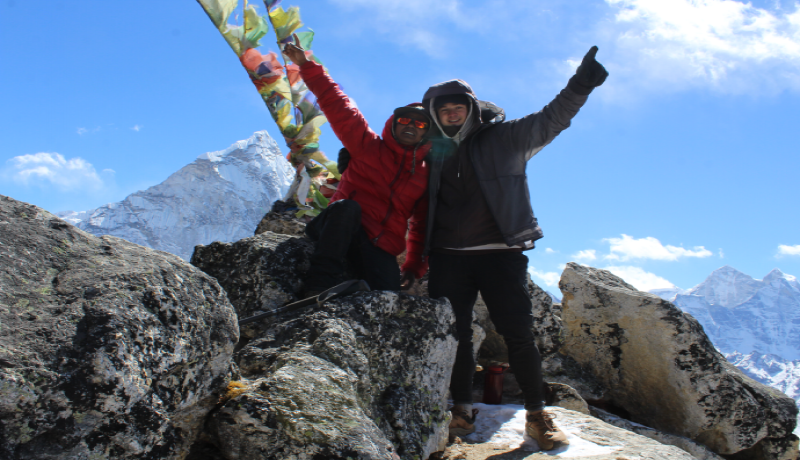
.png)
.png)
.png)
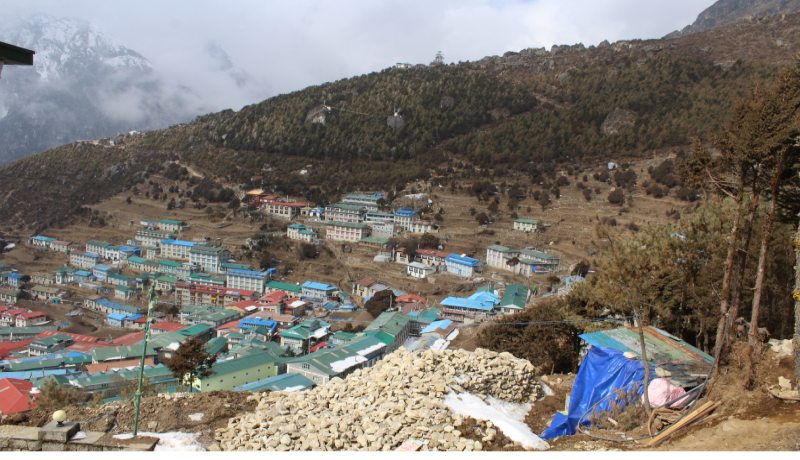
.png)
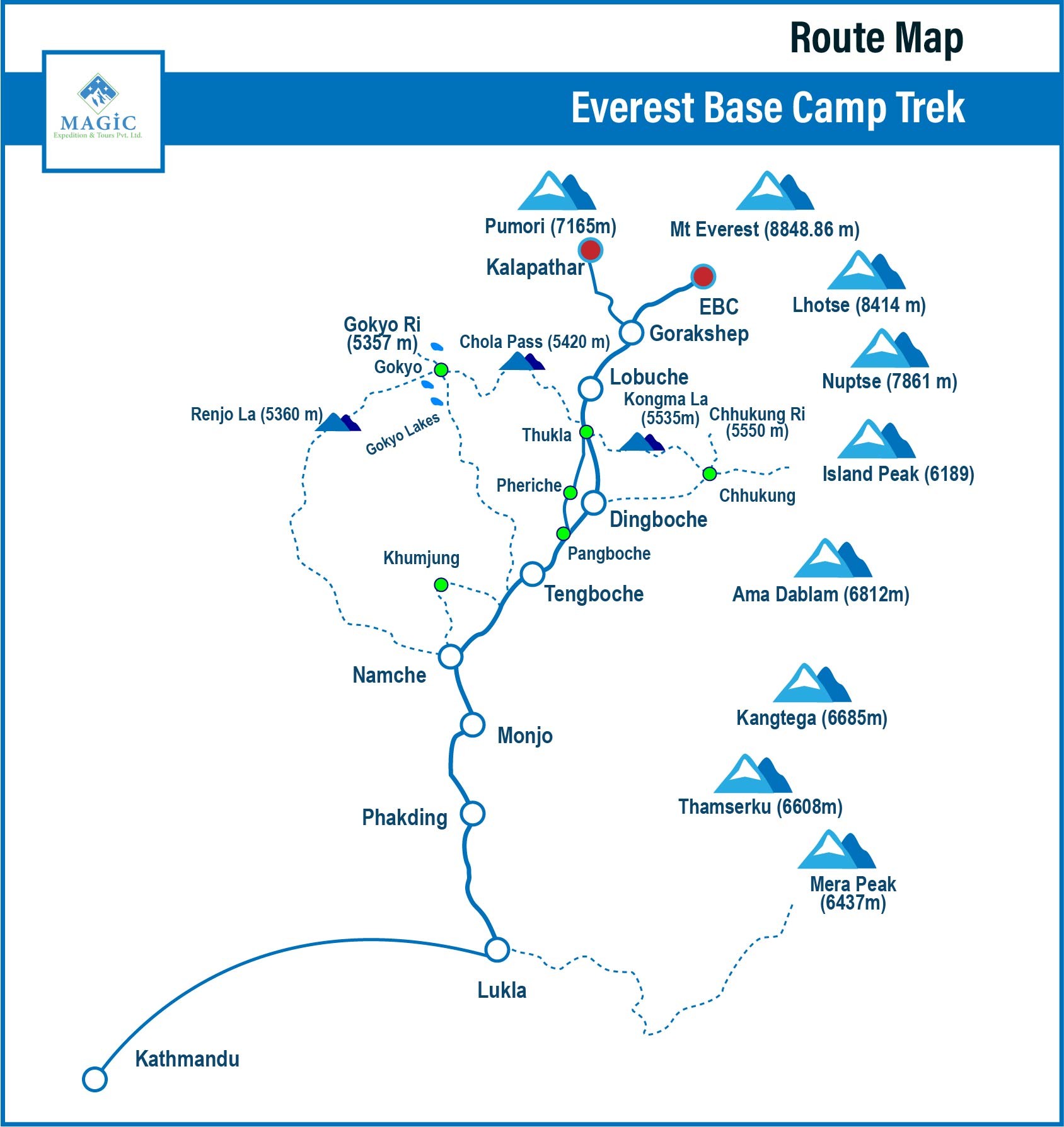
.png)
